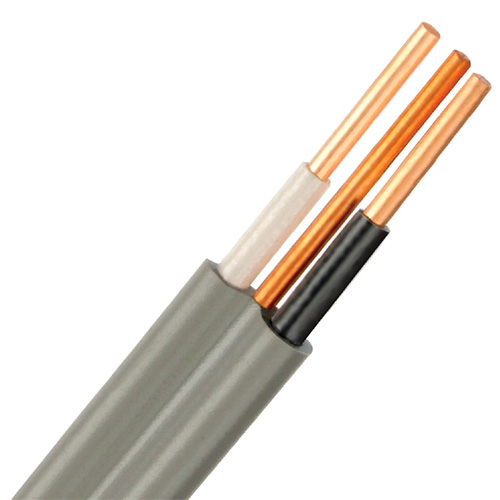In various industries, the terms physical control and mechanical control are often used interchangeably, leading to confusion among professionals and enthusiasts alike. However, it is crucial to understand the fundamental differences between these two concepts. In this blog post, we will delve into the intricacies of physical control and mechanical control, exploring their definitions, applications, and how they diverge from each other. By the end, you will have a comprehensive understanding of these concepts, enabling you to make informed decisions in your respective fields.
- Defining Physical Control:
Physical control refers to the use of non-mechanical means to manage or manipulate a system or process. It involves the application of physical forces, energy, or substances to achieve the desired outcome. This control method relies on natural phenomena, such as gravity, heat, light, or chemical reactions, to influence and regulate the system.
1.1 Applications of Physical Control:
- Environmental Control: Physical control plays a vital role in managing environmental factors, such as temperature, humidity, and lighting, in controlled environments like greenhouses or laboratories.
- Pest Management: Physical control methods, such as trapping, exclusion barriers, or manual removal, are employed to mitigate pest infestations without relying on chemical pesticides.
- Disease Control: In healthcare settings, physical control measures like isolation rooms, sterilization techniques, and personal protective equipment are used to prevent the spread of infectious diseases.
- Understanding Mechanical Control:
Mechanical control, on the other hand, involves the use of machinery, devices, or mechanical systems to regulate or manipulate a process or system. It relies on mechanical principles, such as force, motion, and energy transfer, to achieve control objectives. Unlike physical control, which utilizes natural forces, mechanical control relies on engineered mechanisms.
2.1 Applications of Mechanical Control:
- Industrial Automation: Mechanical control systems, such as robots, conveyors, and assembly lines, are extensively used in manufacturing industries to automate production processes and enhance efficiency.
- Transportation: Mechanical control is crucial in the automotive, aerospace, and maritime industries, where engines, steering systems, and propulsion mechanisms enable controlled movement of vehicles and vessels.
- HVAC Systems: Heating, ventilation, and air conditioning (HVAC) systems utilize mechanical control mechanisms to regulate temperature, airflow, and humidity in buildings, ensuring comfort and energy efficiency.
- Differentiating Physical Control from Mechanical Control:
While physical control and mechanical control share the common goal of managing systems, they differ significantly in their approaches and underlying principles.
3.1 Methodology:
Physical control relies on natural forces or phenomena, whereas mechanical control employs engineered mechanisms and devices.
3.2 Flexibility:
Physical control methods often offer more flexibility in adapting to dynamic environments or changing conditions, as they can leverage natural processes. In contrast, mechanical control systems may require adjustments or reconfiguration to accommodate variations.
3.3 Precision and Reproducibility:
Mechanical control systems excel in providing precise and reproducible control due to their engineered nature. Physical control methods may exhibit variations due to the inherent unpredictability of natural forces.
Conclusion:
In summary, physical control and mechanical control are distinct approaches to managing systems or processes. Physical control harnesses natural forces and phenomena, while mechanical control relies on engineered mechanisms. Understanding the differences between these two concepts is crucial for professionals across various industries. By grasping the nuances of physical and mechanical control, you can make informed decisions and implement appropriate control strategies to optimize outcomes in your respective fields.


